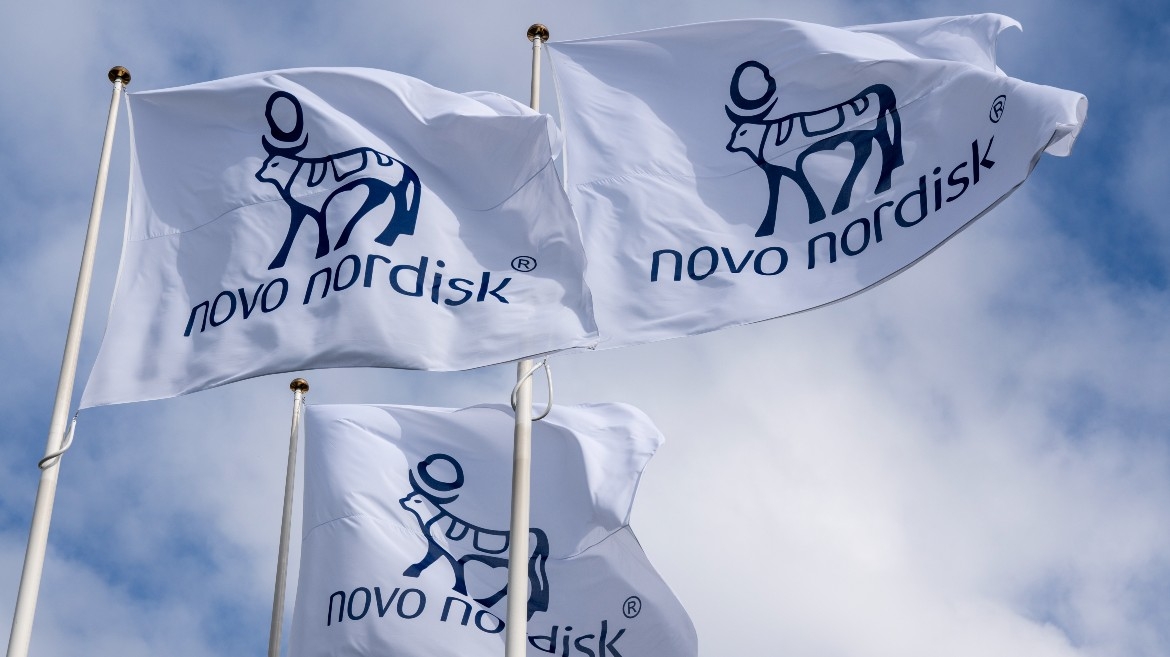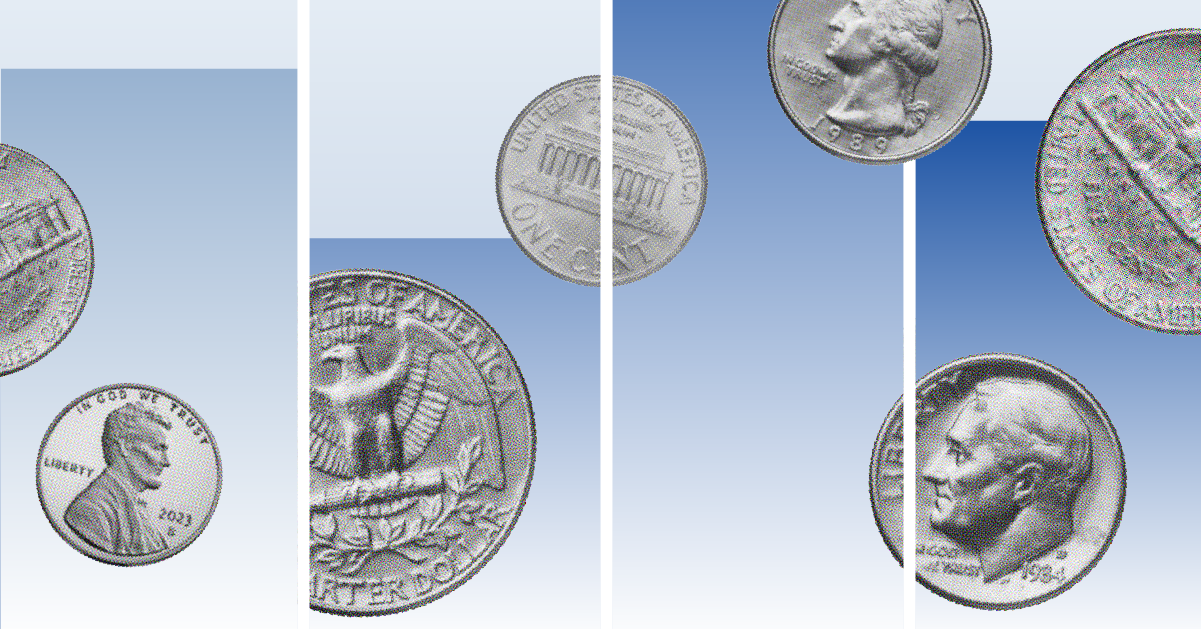This article is part of Morningstar’s Guide to Investing in Asia where we navigate the potential risks for the chance of fantastic rewards from across the region.
Emma Wall: All this week we have been running a Guide to Investing in Asia. And I have had the privilege of meeting some of the greatest investment minds in the region, gold rated fund managers and top performing investors.
And what have they all been saying? Well, they have all been saying the same thing which is: “don’t think of Asia as a homogenous region, it is heterogeneous”. There are 50 economies that make up Asia and they are all very different. With their stock markets having very different risk and reward profiles.
What does this mean for the end investor? Well, if you are investing for or in retirement, it means that you really need to understand what's under the hood of any fund you are buying, be it active or passive. If you've gone down the passive route, have a look at the index which your ETF or tracker fund is tracking. If it's weighted by market cap you could find that you have greater exposure to regions such as Australia, you may not want to have exposure to at the moment, because of falling commodity prices. Equally check the exposure towards China, if you are nervous about the economic slowdown there.
If you've opted for active management some of that decision making is of course taken out of your hands by the fund manager. But check the style with which the fund manager is running the fund, the thematics which they are playing out in order to get the best from the region, and if they are aligned with your own ideas about what you want from the fund that’s investing in Asia.
How much exposure you should have to the region? It really depends on your time horizon. Although Asia is made up of 50 different nations, majority of them are emerging markets which means they have a higher risk profile, a more volatile risk profile than perhaps investing in the U.K. or U.S. equities or bonds. With that in mind make sure you are taking a long term horizon when investing in this region.





























